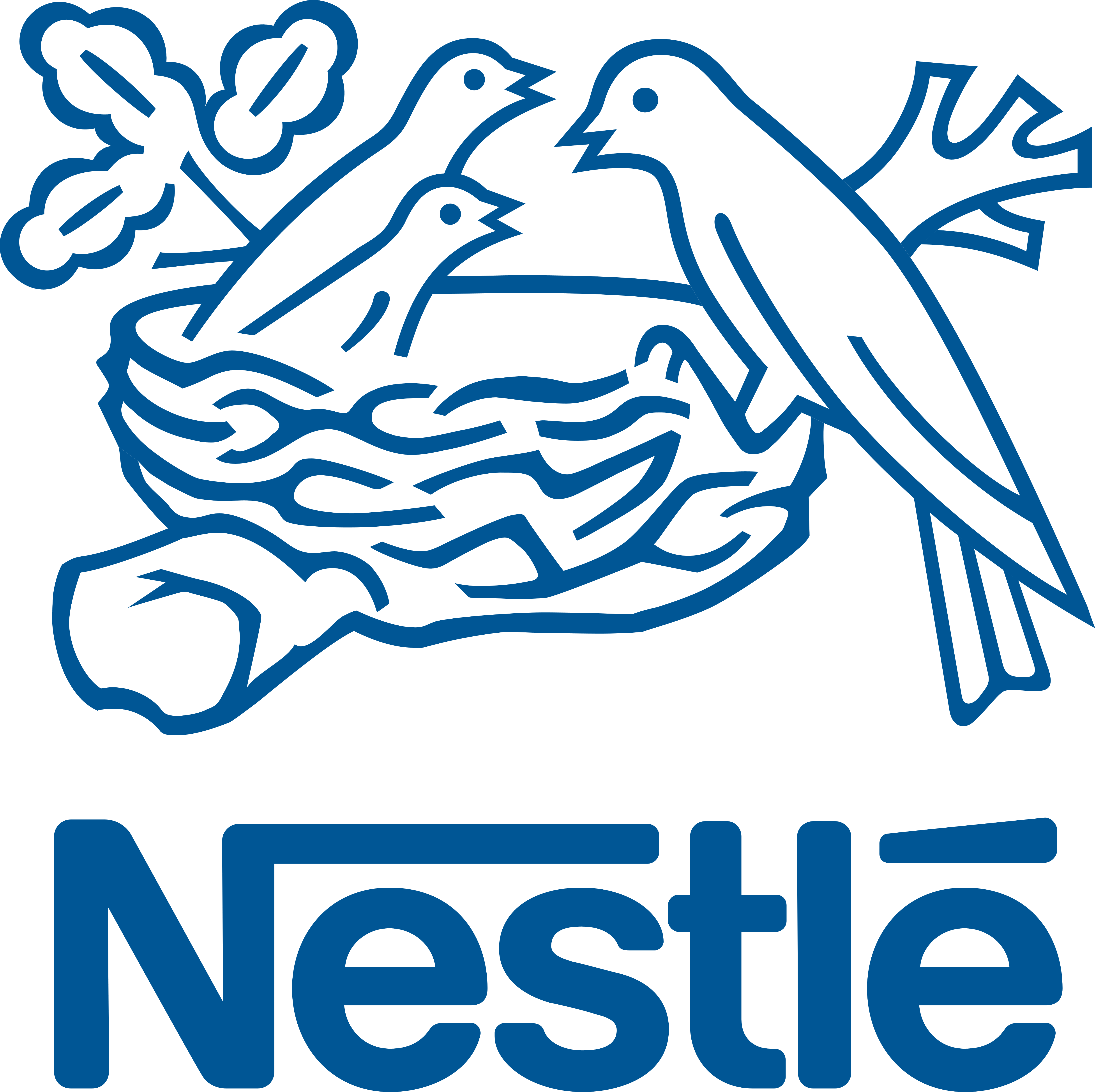The Financial Times had a piece two weeks ago on Nestlé’s ‘new’ consumer strategy: focusing on lower income consumers, not on the middle class.
It moves the story on from the news in 2015 that Nestlé had overestimated the size of the middle class, and was forced to cut its workforce and rethink its approach in Sub Saharan Africa (SSA). Nestlé’s revenues in SSA outperform the rest of the world and have been powered by products lower income consumers actually do buy regularly: stock cubes, powdered milk and (although the FT doesn’t note it) malted drink Milo.
Key to this strategy, apparently: smaller packages, better focus on the target market, making products accessible and affordable.
It’s hard to tell whether Nestlé is engaging in a bit of kidology or whether the company’s leadership in Vevey really did believe that the era of mass consumption of Nespresso and premium pet food was just around the corner. In Sub Saharan Africa Nestlé has one of the most complete and most effective distribution networks of any consumer goods company.
Maggi stock cubes and Milo cubes sell everywhere in single units, at prices geared for affordability. There is no lack of experience within Nestlé about what it takes to sell to consumers in the furthest reaches of the traditional market – kiosks, container stores, tabletop sellers, go-slow vendors by the road.
Midway through another year of a brutal downturn in Nigeria, the headline market in Sub Saharan Africa, the message is clear for everyone: Africa Rising and the emerging middle class hasn’t been backed up by a radical transformation in the spending power of most consumers in Sub Saharan Africa. To reinforce this point, attention switched away from Southern and West Africa to stabler markets in East Africa such as Kenya, Tanzania and Ethiopia but a similar picture of fragility has emerged.
Beneath a picture of new shopping malls, expanding supermarket chains and continued interest from multinational grocery retailers such as Carrefour the apparent middle classes in East and West Africa mostly haven’t yet got the budget to switch to formal, tier 1 grocery retailers or to premium brands. At least not consistently.
The reason for this is simple: these high growth economies have been powered by high birth rates, which doesn’t translate neatly back to individual wealth. And although average incomes have risen, high levels of inequality have ensured that the mass market has seen a slower rate of income growth.
Between 2011 and 2016, Kenya’s economy grew at a rate of more than 10% per year, on average. It’s forecast to grow strongly through 2017. But it’s still a big deal when the price of a 2kg pack of maize flour goes above KES90 ($0.87), even among consumers that do shop in modern supermarkets like Tuskys, Naivas or Nakumatt. Those supermarkets are struggling, partly through growing pains, but partly also because Kenyan consumers will switch back to lower price products in traditional channels when they feel they can’t afford better.
Nigeria’s GDP in 2016 – two years into a massive downturn – was still double its size of a decade earlier, an extraordinary growth story. But a walk around Lagos’ new shopping malls, built to cater to the new middle class that emerged with that growth, is a dispiriting experience right now because few people are shopping with the same gusto they were three years ago.
A big issue is determining what we mean by ‘middle class’ and avoiding the temptation to fling the term about without being clear what we mean.
Back when people got serious about Africa Rising as a thing, the most common definition of middle class was people spending more than $2 a day. Which is a ridiculous definition for any consumer goods marketer wanting to use as a benchmark for mass market consumers of added value, frequently imported products.
We’ve consistently proposed a more sensible, lifestyle indicator-based definition. Above all, though, a recognition that the emerging consumer (not middle) is fragile and selective. We know consumers will often fight hard to get the shampoo or skincare brand they know and love. But in many food categories they are more price conscious, more price sensitive, and open to switching or trading down if they have to.
The irony is that Nigeria’s economy looks to be on the rebound, and set to recover some ground in 2018. By 2019, the country’s GDP may well exceed its high watermark of 2014 and if oil prices don’t dip will keep growing. The malls will start to fill back up again with eager consumers. After some lean years, retailers such as Shoprite and Massmart will reap the benefits of playing the long game and we will see more bullishness from brand owners and retailers alike around targeting the middle class again.
But fundamentally, although the middle class *will* grow, it’s worth remembering that the vast majority of consumers in Nigeria and elsewhere in Sub Saharan Africa will remain on modest incomes. Nestlé is calling it right: in the short to mid term FMCG companies cannot expect consumer incomes across most of SSA to support a wholesale transformation in mass market consumption from cheaper, lower quality products to higher quality variants of brands recognisable in European supermarkets.
While there are proper middle class consumer brand opportunities the richest pickings lie among the broader, lower income consumer class. I.e. those people on sub $5 daily incomes who will remain price conscious, vulnerable and selective for some time.
If you’d like to get more news and insight sent directly to you, please sign up for our weekly newsletter.










